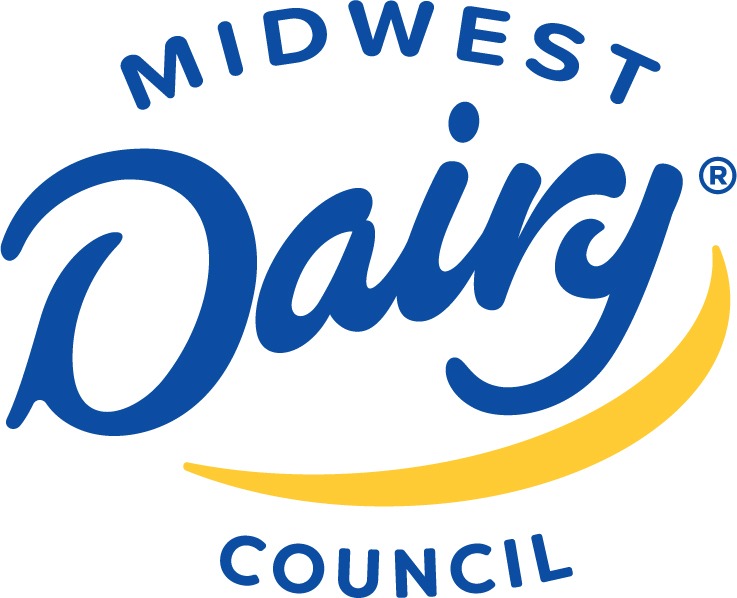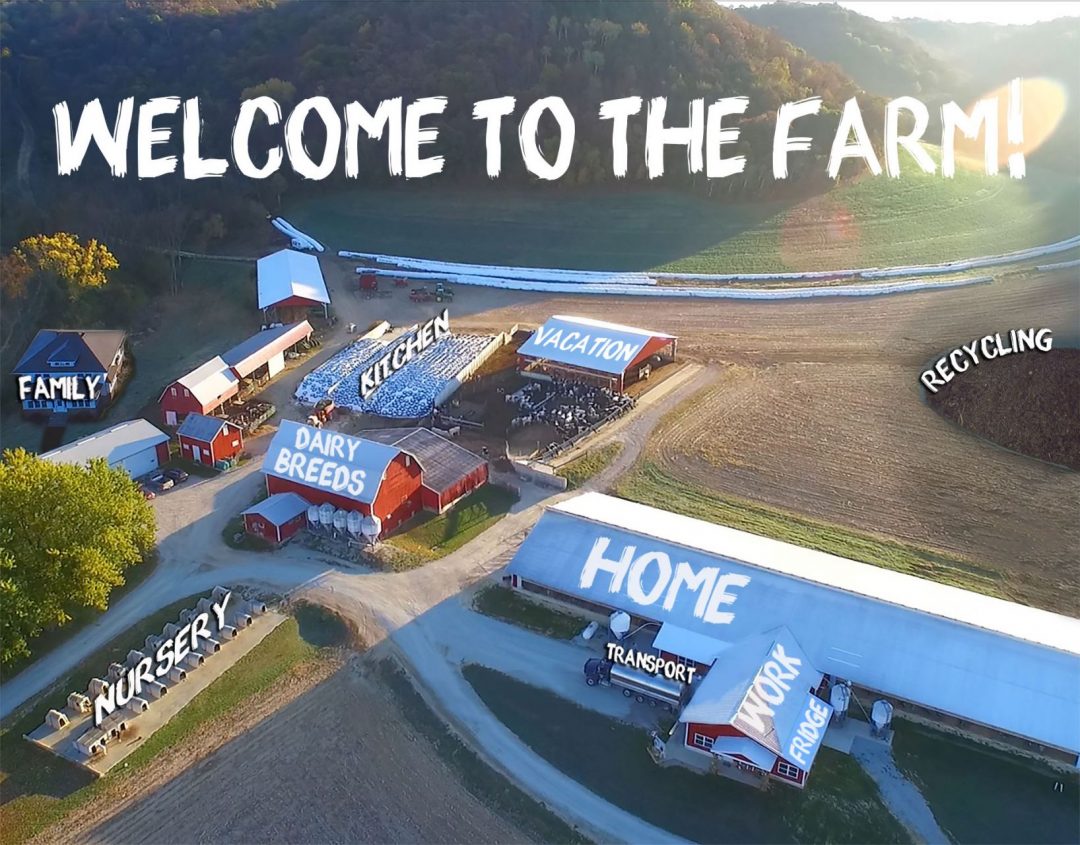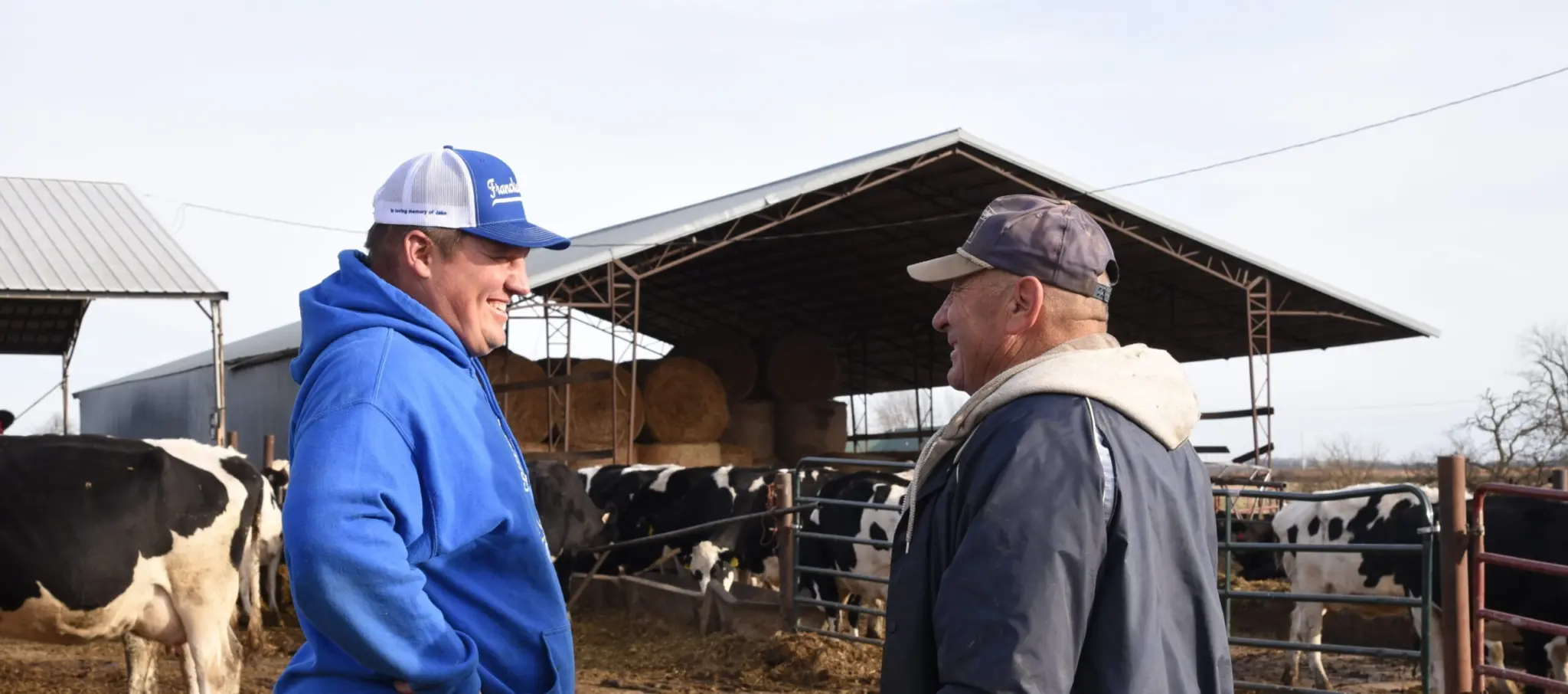Take a Tour of a Dairy Farm
Witness the journey that milk takes from the farm to the fridge in this behind-the-scenes tour of a working dairy farm in the Midwest. Learn how cows are milked, fed and even where they go “on vacation.”


If you’re interested in learning more about where your milk and dairy products come from, but can’t visit a farm, we’ve got you covered. Explore a working dairy farm in this 10-stop video tour. You’ll see where cows live, how they are fed, how farmers care for their cows and more.
To get started, click on the Welcome link below to view an introductory video. From there, browse the various topics that interest you and click the link to open a new video and learn more.
Also, check out the discussion guides available for teachers to use in the classroom. Guides are available for elementary, middle school and high school students that provide topics for students to explore during the tour. Find the discussion guides below the tour links.
Enjoy your visit!
Welcome
Visit with Brooke and Adam Engelman, owners of Classic Dairy in Jansen, Nebraska. They are part of a fourth generation of dairy farmers tending to the farm that previously belonged to Adam’s parents, their parents before them, and so on.
Family
Dairy farm families are dedicated and passionate about producing safe, wholesome, high quality milk for their families and yours. You can feel confident that every glass of milk is produced with care and provides you with the nutrition you need as part of a healthy diet.
Kitchen
Animal nutritionists work with farmers to determine the right recipe for their cows’ feed. A dairy cow’s diet is made up of a combination of corn (or other small grains), hay, silage (fermented forage), vitamins and minerals. Cows will eat 90 pounds of feed and drink 35–40 gallons of fresh water each day.
Vacation
Cows need a vacation, too. Cows give milk for nine months, then rest for three while preparing to give birth.
Recycling
Dairy farmers are the ultimate recyclers. Recycled water is used to wash the milking parlor and barn. The water, sand and manure are separated and used again. The sand is reused for bedding, and the manure and water are used to fertilize and irrigate crops.
Dairy Breeds
There are seven dairy breeds: Holstein, Jersey, Guernsey, Brown Swiss, Ayrshire, Milking Shorthorn and Red and White Holstein.
Nursery
Calves are given individual care so the farmer knows how much they eat and drink, and to make sure they are growing and healthy.
Home
The cows live in open-sided, freestall barns. They eat, drink, socialize, rest and sleep here in a comfortable, climate-controlled environment.
Transport
Milk is transported in insulated tankers to the processing plant. The milk will reach the dairy case about 48 hours after leaving the farm. That’s fast, fresh and local!
Work
Cows are milked 2 or 3 times per day and give between 7 to 10 gallons of milk. It only takes 5 to 7 minutes for the cows to be milked. Then, it’s back to resting.
Fridge
After the milk is collected from the cows (usually within two hours of milking), it’s quickly cooled to a temperature of 45 degrees or below. A sample from every tank of milk is taken and tested for antibiotics. Then it’s into the truck and off to the plant, where it is tested again.

